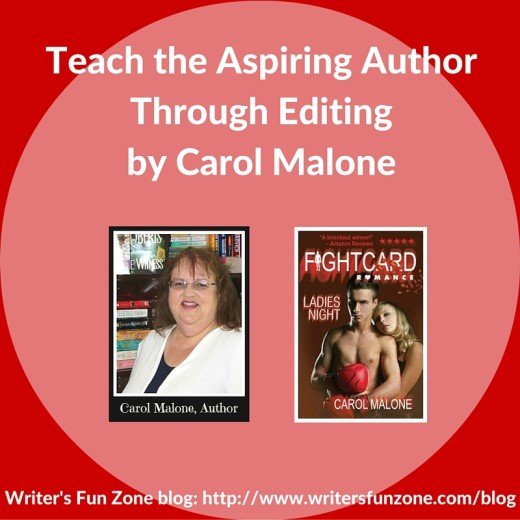Tips on Writing Dialogue by Ken Myers
Enjoy today’s guest post on writing dialogue by Ken Myers, Founder of Longhorn Leads.
***
When it comes to writing dialogue I have noticed that many new writers especially get hung up. Their dialogue tends to sound stilted and dry and totally unrealistic. Either that or it is incomprehensible and hard to figure out. There are a few ways to help you write better dialogue that are easy and quick to pick up however. Here are some helpful hints:
- Listen – The first thing you should do is listen to how real people speak. You have many opportunities to listen in to real life conversations. On the bus, in line at the grocery store, or even at work you can overhear conversations. I find that one way conversations, like telephone calls, make for very interesting listening. Do you know what is going on? How do you know? What are the patters you can pick up from these types of conversation?
- Easy on the accents – Another trap that new writer’s especially seem to fall into is accents. Yes it is great to give your characters life through accents but when it gets hard to read you have taken it too far. Mention an accent a couple of times and maybe throw in an odd word here and there, but do not make it so apparent that the character is unreadable.
- Broken sentences – People do not talk in whole sentences. They fall off, they use fragments, and they fade out. Have your characters talk like real people by letting them use incomplete ideas when they speak and even run on sentences if you must. People do not speak with proper grammar so do not try to write characters that do.
- Information dump – Another bane of editor’s existence is the information dump. When one character or a group of characters gives a big paragraph of information to the readers in a wholly unnatural way. Unless the character is a doctor or cop, they usually do not talk that way. Instead, let readers know information they need gradually and within normal communication. Think about entering a new office. You pick up on all the gossip eventually and there is usually not one person who sits you down and blurts it all out. Instead you pick it up a little at a time. The same idea should go for readers.
- Inside jokes –All groups have inside jokes or inside communication. That means a character can say one word or phrase and all the other characters know what they mean. This is useful and can be a great addition to make your dialogue seem more realistic.
- Use slang – Slang is different from accents. Slang is more casual and also very revealing of character’s backgrounds. If the slang is common you can use it frequently. For less common slang try to phrase it in a way that the reader can guess what it means. Do not overuse slang however or it can turn into a type of accent.
These are just a few of the ways you can improve your dialogue writing skills. Make sure it sounds natural, flows in the way language does, and avoid the info dump! Happy writing and good luck.
***
Ken Myers is the founder of http://www.longhornleads.com/ and has learned over the years the importance of focusing on what the customer is looking for and literally serving it to them. He doesn’t try to create a need, instead he tries to satisfy the existing demand for information on products and services.









I don’t write fiction and this is probably one of the reasons why. 🙂
There’s too much to remember and I wouldn’t have the foggiest on how to highlight each character’s dialogue.
Poor excuse to never start, I know… but at least I’m keeping it real. 🙂
Great tips, I’ll remember where I read them should I ever need them. Thanks for sharing!
Bonnie, Writing fiction is hard! 🙂 But we can do it! I’ve learned, and so can you, if you want.
Vanessa, Thanks for stopping by! Good luck with your writing!